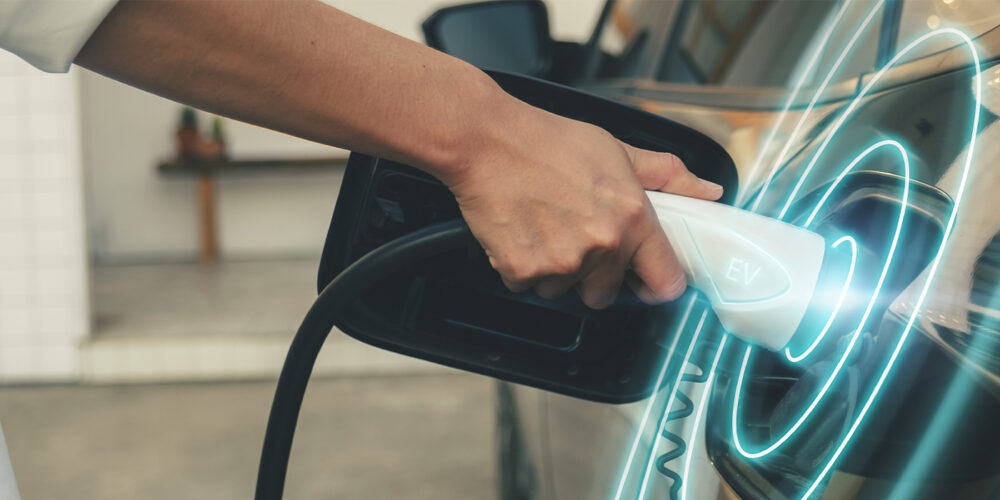I don’t know why some of our life experiences are indelibly etched in our individual or collective subconscious forever?
I don’t know what causes those images to reappear when they do, or why. And when they do emerge, they are every bit as vivid and powerful as they were when they first occurred. I do know for the most part we can’t control it — or at least I know I can’t. And, I know there is a distinct difference between the power or the feeling of an event or an experience I go searching for in the dark recesses of my memory, and those that are somehow triggered and then materialize mysteriously on their own.
Perhaps that’s why, just a moment ago, I was 14 years old again, sneaking out of the house with one of my father’s old Playboy magazines hidden under my jacket so I could share the…well, uh, the “articles” with my buddies down the block. And, why of all the remarkable and wondrous things to be found within the pages of that magical and forbidden magazine, the only thing I can truly remember is a Playboy definition.
Litigation: an attempt to seek satisfaction for an interpersonal or contractual dispute through the courts; into which, more often than not, one enters as a pig and exits as sausage.
And while I really couldn’t tell you how or why the powerful images and experiences we’ve all had come bubbling back to the surface decades after they’ve occurred, I can tell you that this time I was around the corner in Richie’s backyard with Miss April unfolded in all her glory in front of me and all my friends pushing and shoving to get a better look behind me, all because of a legal action: litigation, I had just joined as a plaintiff.
You see, despite the fact this particular Playboy definition changed my life forever by coloring the way I feel about lawyers and litigation, the threat of entering as a pig and exiting as a sausage was not enough to stop me from getting involved. There is far too much at risk, far too much at stake.
Aside from that, when conversation and negotiation are no longer an option, when the government agency you’re dealing with refuses to listen, let alone hear anything you have to say; the only alternative you may be left with is litigation. And, that is certainly where we appear to find ourselves right now.
I say “we” because even though the litigation I refer to is the result of an administrative action taken by the California Air Resources Board (CARB) and will affect only those vehicles registered (and consequently only those independent shops operating) here, we all know that California is the tail that has traditionally wagged the automotive industry dog across all 50 states.
The suit challenges two regulatory actions taken by CARB driven by two acronyms you may or may not recognize. One is PZEV: Partial Zero Emission Vehicles. And, the other is EWIR: Emission Warranty Information Reporting. If you’re familiar with these two acronyms, or perhaps more importantly what they represent, get ready! They are at the heart of a perfect legislative storm brewing in the California court system even as you read this.
If you aren’t familiar with these two acronyms, prepare yourself! You’re going to be hearing them a lot over the next few months and if you have any intention whatsoever of working within the context of the “independent aftermarket,” you had better understand the nature of the storm that is swirling around them and the seemingly arbitrary action taken by an overzealous, authoritarian, unrelenting group of individuals who apparently know very little about who we are, what we do, why we’re important to the motoring public we serve or the society we support, how we will be hurt by their actions and from everything I can see, could care less!
What’s this all about?
It’s all about “Super Warranties,” warranties that would effectively “seal” the hood of the vehicle for up to 15 years or 150,000 miles for PZEVs and 10 years/120,000 miles for the EWIR rulemaking.
Like a lot of legislation, it’s hard to challenge intent. But, you and I haven’t often had the luxury of dealing with just intent! We live in the real world, where the aftermath of ill-conceived intent results in some very real pain!
The justification for extending the “normal” three-year/50,000-mile warranty on emission component failures for most parts and the extended seven-year/70,000-mile warranty mandated by California statute on more costly parts (component cost of $460 or more) to 10 years/120,000 miles and 15 years/150,000 miles is improved vehicle performance and lower tailpipe emissions, even though there is no data to substantiate these claims. How do they support their actions? They don’t feel they have to. Why? Because no one has successfully challenged anything they’ve done in the past.
A few months ago, Jeff Stankard, publisher of Brake & Front End, ImportCar and Underhood Service magazines, challenged you to share your concerns with the Automotive Aftermarket Industry Association (AAIA) (www.aftermarket.org) or the Automotive Service Association (ASA) (www.asashop.org) in December’s Publisher’s Perspective.
I’m going to challenge you to go one step further. I want you to share your concerns with the CARB itself (www.arb.ca.gov/homepage.htm), with the California State Legislature and with the elected officials that represent you both at home and in Washington (go to: www.aftermarket.org/Government/Leg_Action/Leg_Action.asp). But first let me tell you a little bit about this critically important issue.
First, CARB insists it has the authority to mandate this warranty extension based upon Section 43205 of the California Health and Safety Code, which discusses only the recall of systematically defective emission parts as identified through EWIR.
It doesn’t!
Read the Code. Nowhere does it imply the power to more than double the warranty period in either time or mileage.
Second, virtually every high-mileage component “failure” we’ve seen in the shop — and by high-mileage I mean 70,000 miles or better — is generally related to something other than an engineering or material defect in the component itself. Those kinds of failures generally look and feel a lot more like a lack of appropriate maintenance.
Is the oxygen sensor designed to last 50,000 miles or more “under normal driving conditions” defective at 60,000 miles if the vehicle is operated in stop-and-go traffic three hours a day, five days a week; the vehicle owner changes the oil once a year whether it needs it or not; hasn’t ever changed the air filter; and depends on the Engine Oil Pressure Warning lamp to determine when that vehicle is due for service? Do we need another law to force the factory to compensate for criminal neglect? That’s what it would be called if you ignored or abused a small child or a puppy the same way!
How do we differentiate between the oxygen sensor that has been coated or poisoned by any one of a number of mechanical or maintenance failures and one that has failed prematurely due to poor manufacture or design? And, do we really need another law or regulation to “solve” the problem?
What about the sociology, psychology and economic consequence that would accompany such a warranty extension? CARB insists it’s negligible if it exists at all, and yet there isn’t a garage owner in the country who hasn’t had to deal with the financial consequence of a motorist who believes with a perfect faith that if a new vehicle is serviced anywhere other than a factory-authorized dealership, the vehicle’s new car warranty is void!
You and I both know that we are not likely to see a customer with a new vehicle for the three to five years that vehicle is under warranty because of just such a misconception — one actively promoted by a number of dealerships around the country. We won’t see those cars until the owner is convinced that vehicle is no longer covered. What would the impact of losing that customer for the effective service life of the vehicle – 15 years or 150,000 miles – be?
I can tell you that regardless of who is crunching the numbers (with the possible exception of the CARB itself), the cost of this administrative action in lost revenue to the aftermarket is calculated in the multiple billions of dollars.
I can give you two full pages of reasons this action should not, must not, continue as an unjustifiable regulation, and I will, but not here. They appear in the testimony of both the AAIA and the California/Nevada/Arizona Automotive Wholesale’s Association and you can access them through the following sites: www.aftermarket.org and www.cawa.org. What I’m going to do here is beg you to wake up! I’m going to implore you to get involved! We are an integral and essential part of this nation’s economy. By going to work every day, by guaranteeing your clients can do the same, you sustain the flow of goods and services all across America!
If you live in California or New Mexico or any of the other 11 states that have adopted the super warranty, it’s your tail the California Air Resources Board is about to step on, your business they are about to cripple. If you live in any one of the remaining states and you think this doesn’t have anything to do with you, ask yourself this: What would you do if it did? How long before that 15-year/150,000-mile warranty spreads across the country and suddenly becomes your problem as well as it is soon to become mine?
Until now, our industry has been an easy target for legislators and actions like these. Until now, we’ve been an industry of independent operators: each shop and its owner isolated and alone. Just because it’s always been that way, doesn’t mean it has to stay that way.
If each one of us takes the same action individually, collectively we have a voice as powerful as any our legislator’s is ever likely to hear!
Maybe it’s time they learned that even the most domesticated house pet is likely to turn, growl and show its teeth if it’s tormented long enough. Maybe it’s finally time for our patience to run out.













